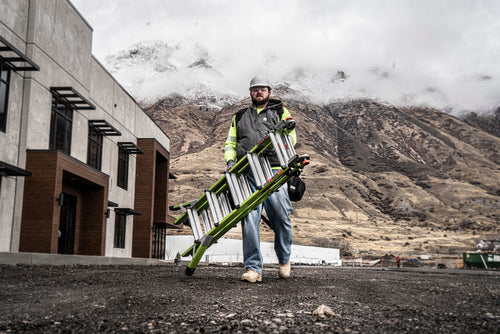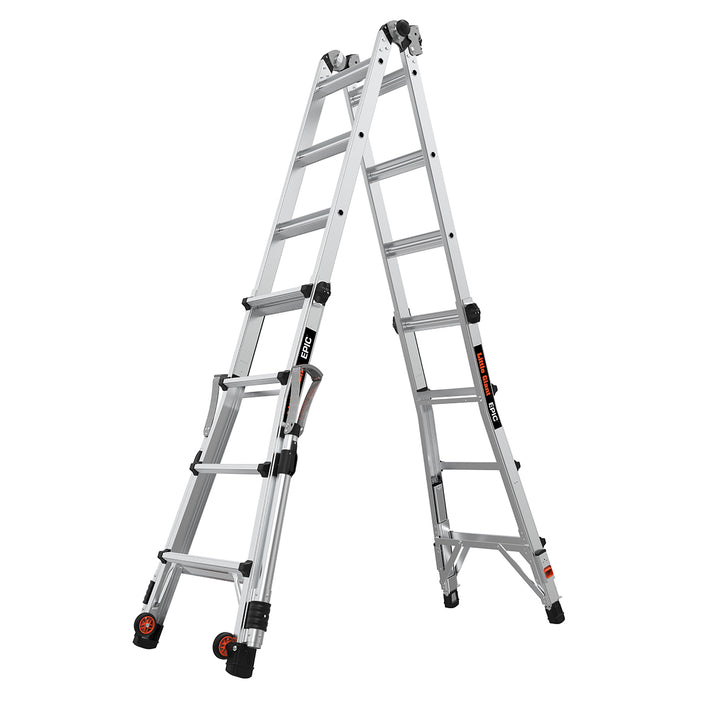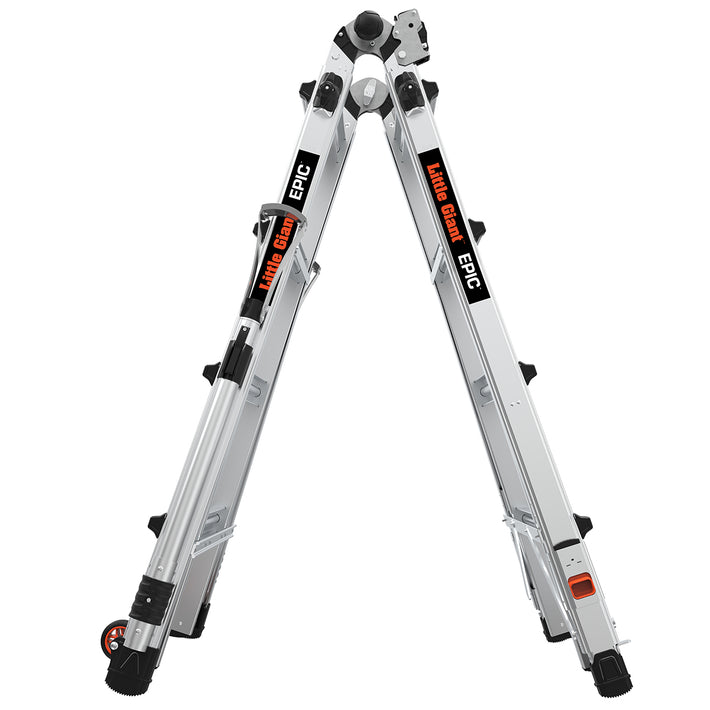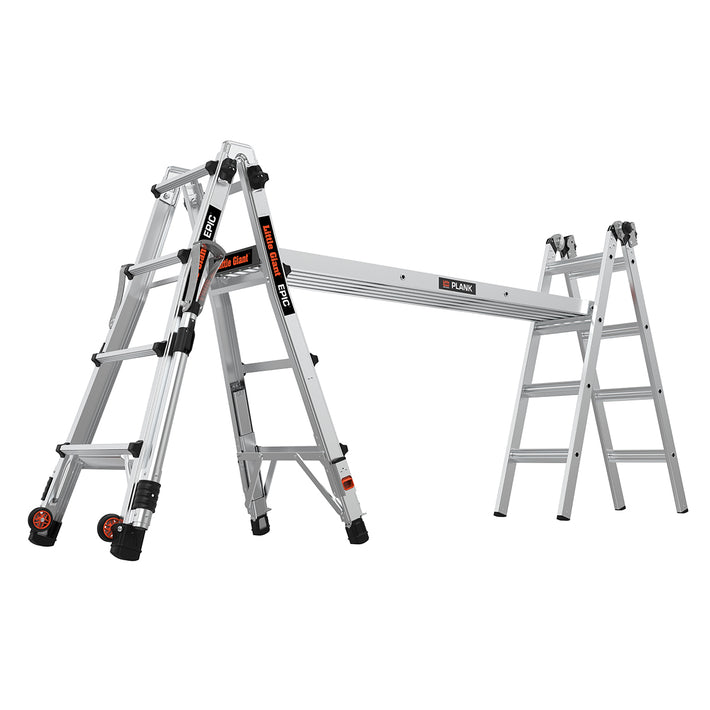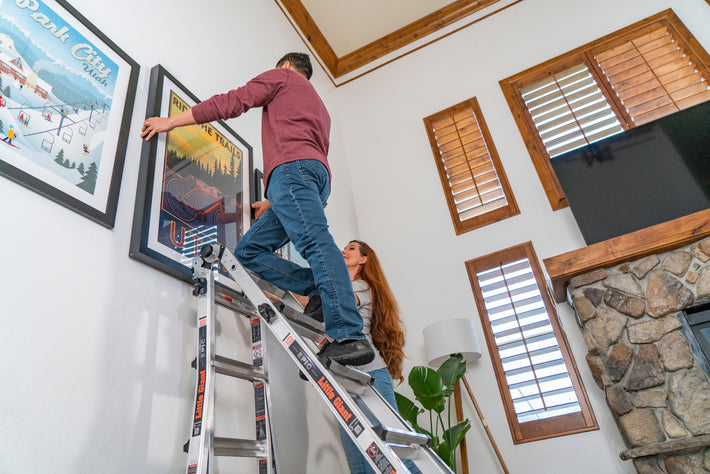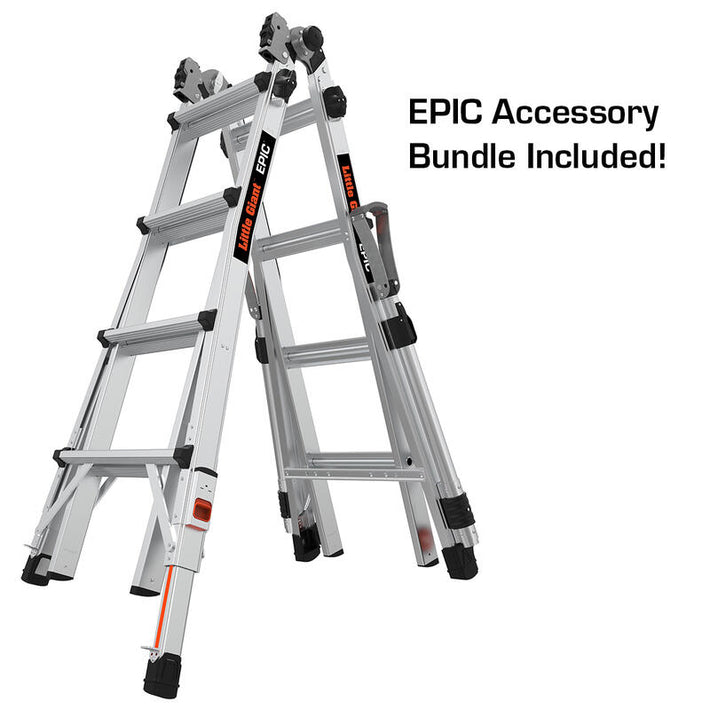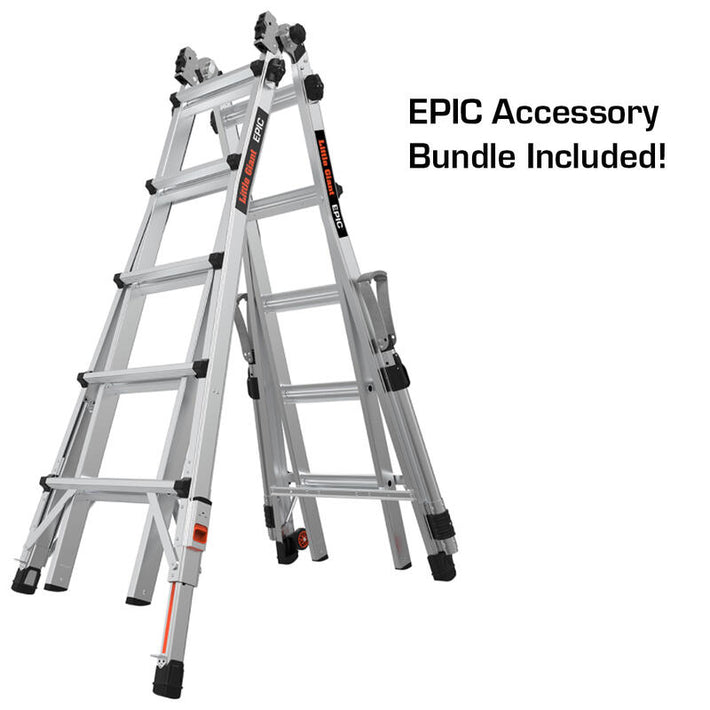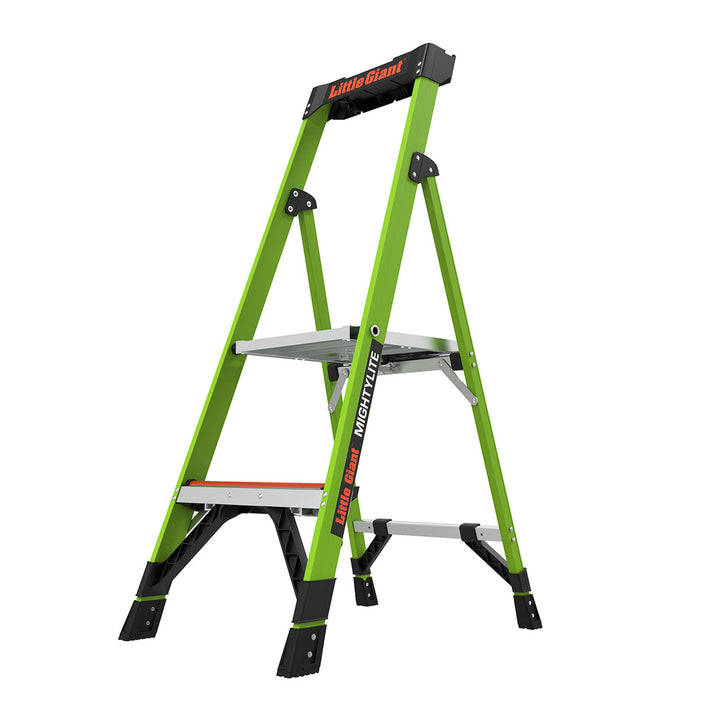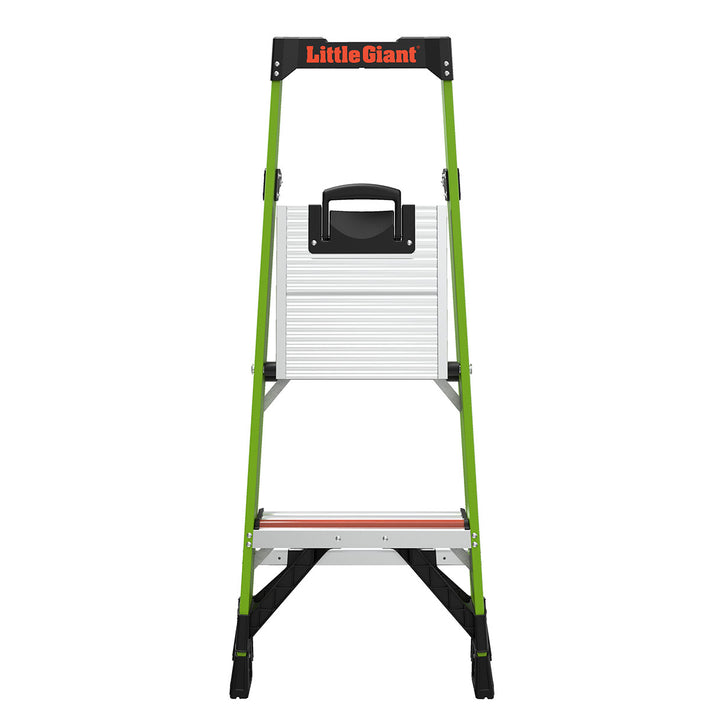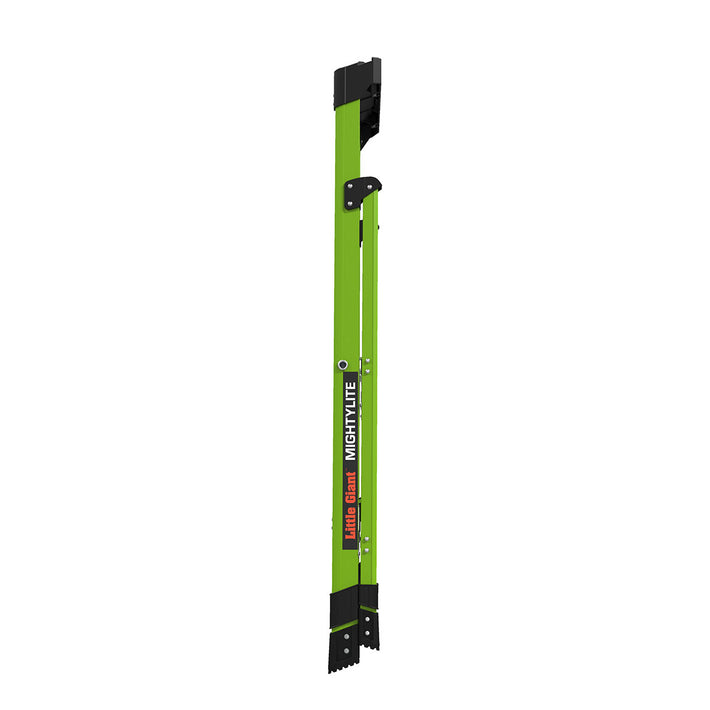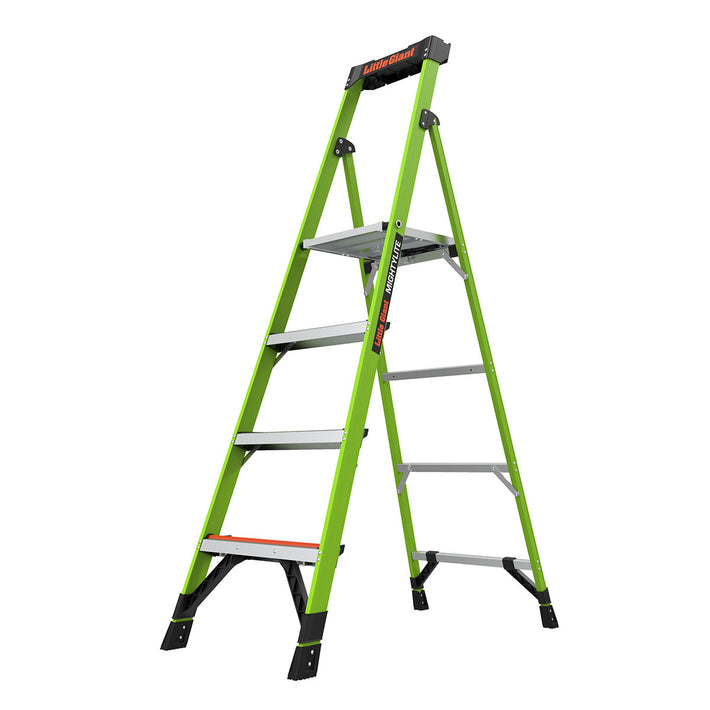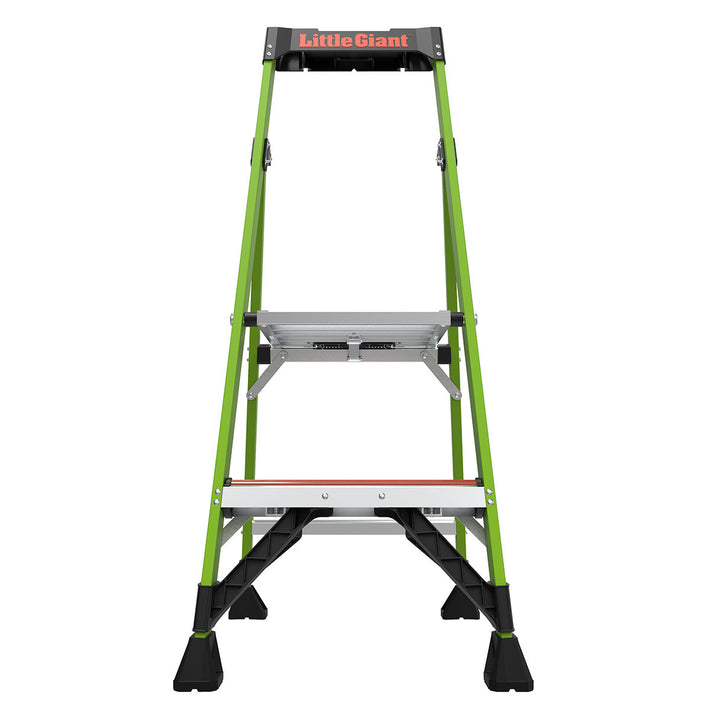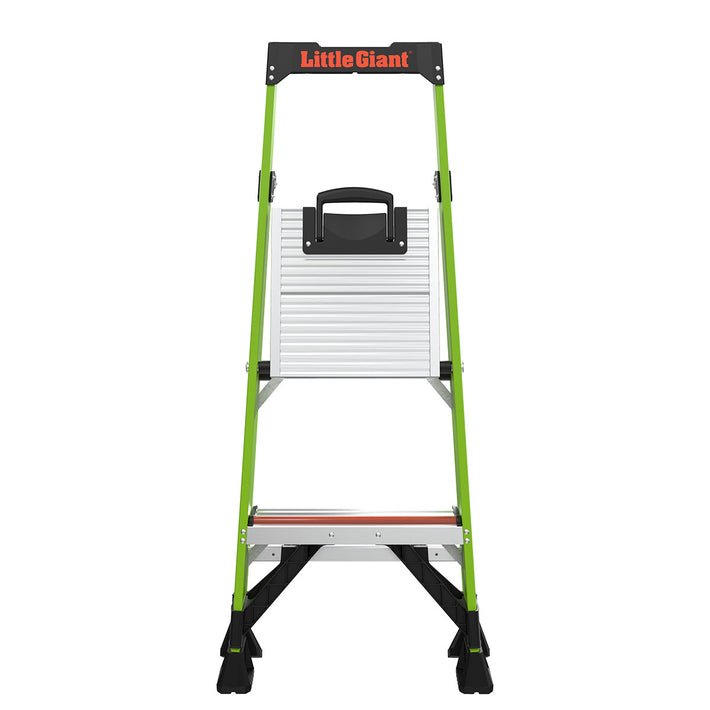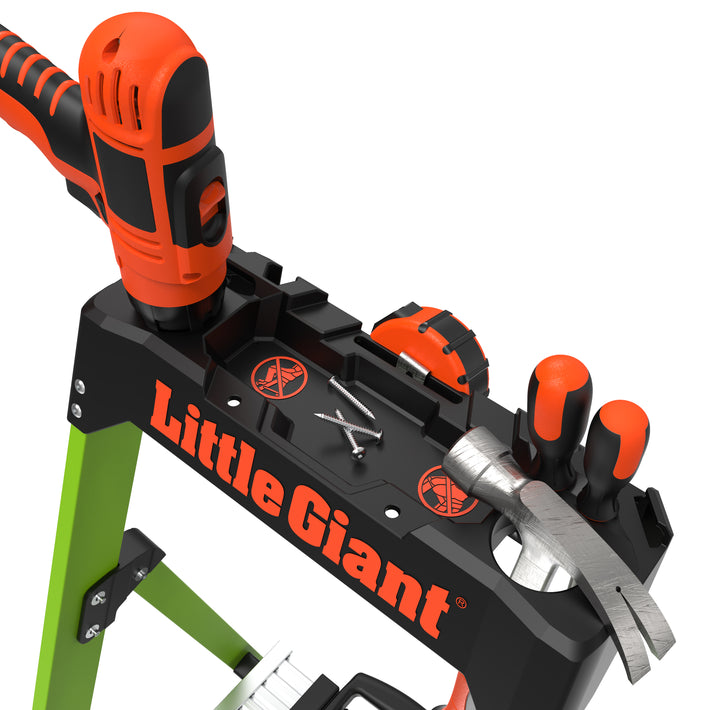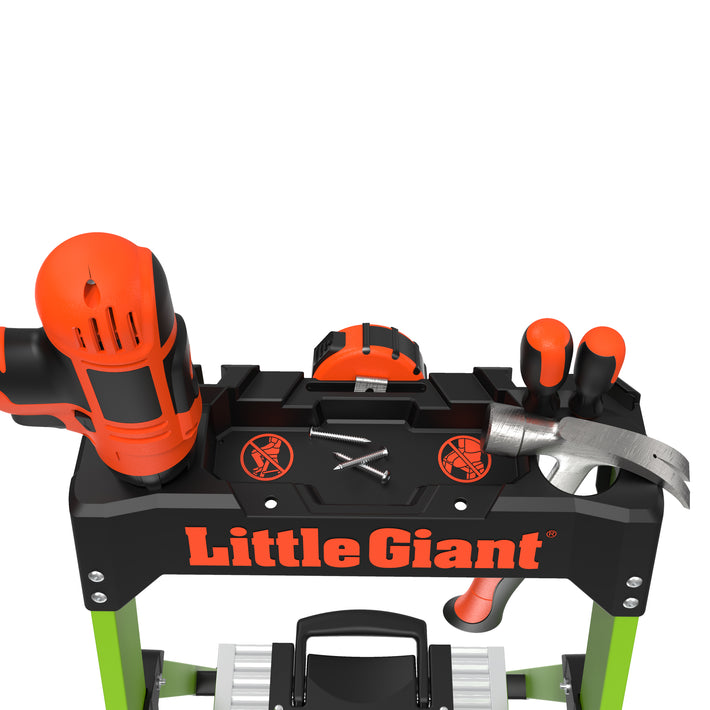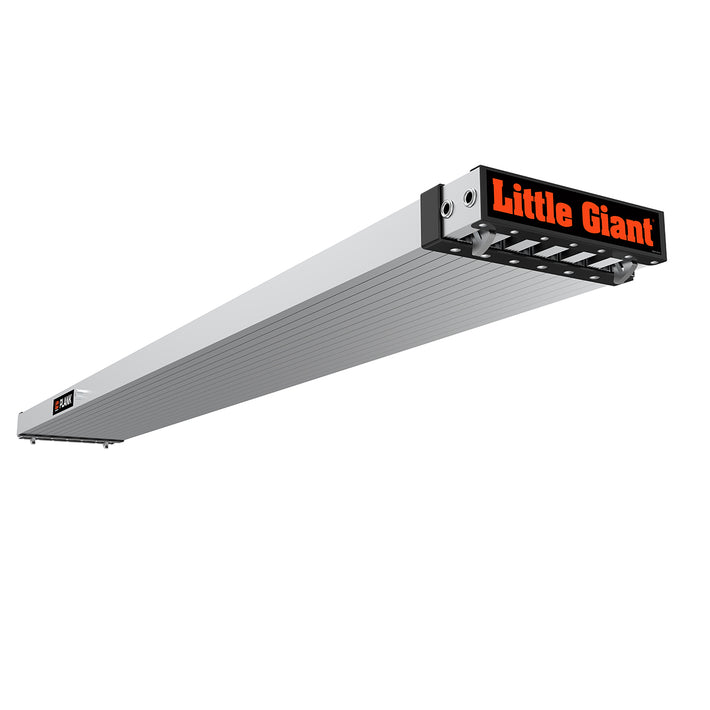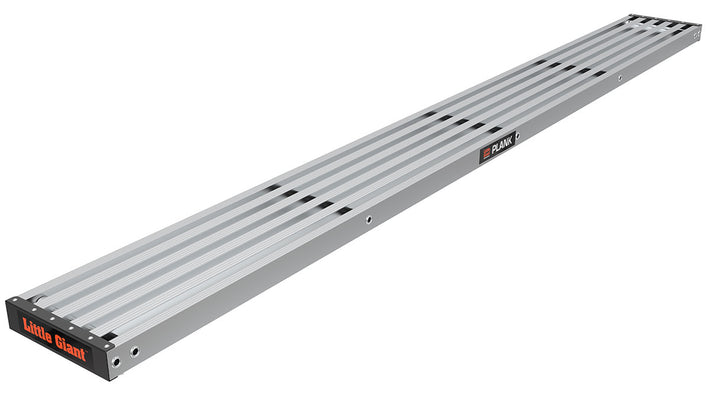Avoiding Fall Hazards
Fall hazards can be found on every construction site. From building structures to construction areas, a job site is full of fall hazards. But, you don’t need to be on a construction site to experience a fall. With unprotected edges and higher elevations, homes and other inconspicuous areas can also present many fall hazards. As one of the leaders in safety, Little Giant Ladder Systems is committed to ladder safety. Let’s discuss how to navigate fall hazards and properly operate a ladder system.
What’s considered a fall hazard?
Identifying common fall hazards is the first step in preventing a fall from occurring. A fall hazard is anything in the area that could cause an unintended loss of balance or bodily support and result in a fall. All fall hazards are foreseeable. You can identify them, eliminate them or control them before they result in injuries or death. These hazards include:- Ladders that aren’t secured properly when they extend three feet above the landing
- Electrical outlets or power lines too close to the working area
- Overhead hangings such as trees, chandeliers, etc.
- Uneven surfaces that could cause imbalance
- Ladders without the proper safety nets, guardrails, etc.
- Proper protection to roof openings and floor exposures
- Areas with falling objects
How can I avoid a fall hazard on my ladder?
Properly anticipating fall hazards should be the priority for safely using a ladder system. It’s important to take all safety measures ahead of time as to put in the proper fall protection. If fall hazards exist, here are some safety options:- Change set up to remove any hazards
- Restrict any unnecessary workers from entering the area
- Use safety nets/ guardrails when needed
- Set up extra security on the ladder system such as tying off

